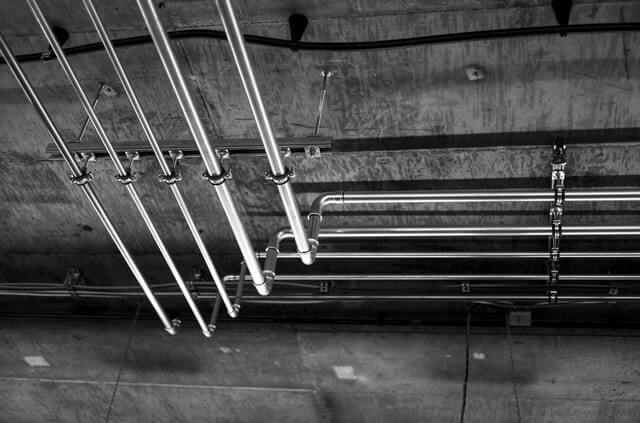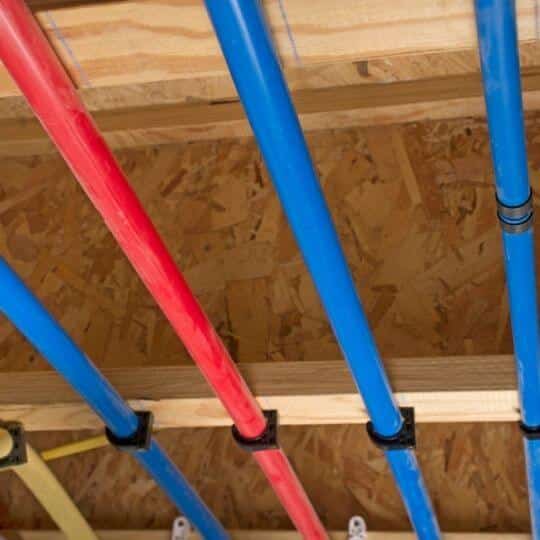Taking care of our crawl space is an often neglected part of housekeeping. With all the various places that need to be cleaned and taken care of, it’s easy to forget that specific one. But, of course, this doesn’t mean it’s any less important. That’s why below, we’ll cover crawl space maintenance.
Crawl space maintenance

It’s healthy to know that crawl space maintenance doesn’t exclusively include cleaning. However, keeping the area operational also isn’t the extent of it, often needing quite a bit more to be done. This extra work consistently comes in the form of insulation and encapsulation.
The encapsulation will be something we specifically cover later, as it does play a huge role in the crawl space’s health.
The important thing to keep in mind is that some issues are difficult to resolve on our own. They will require professional aid so make sure to get the contact information for local ones. Exterminators may be the most important ones to find, as maintenance of our crawl space usually leads to pests being discovered.
How to maintain crawl space?
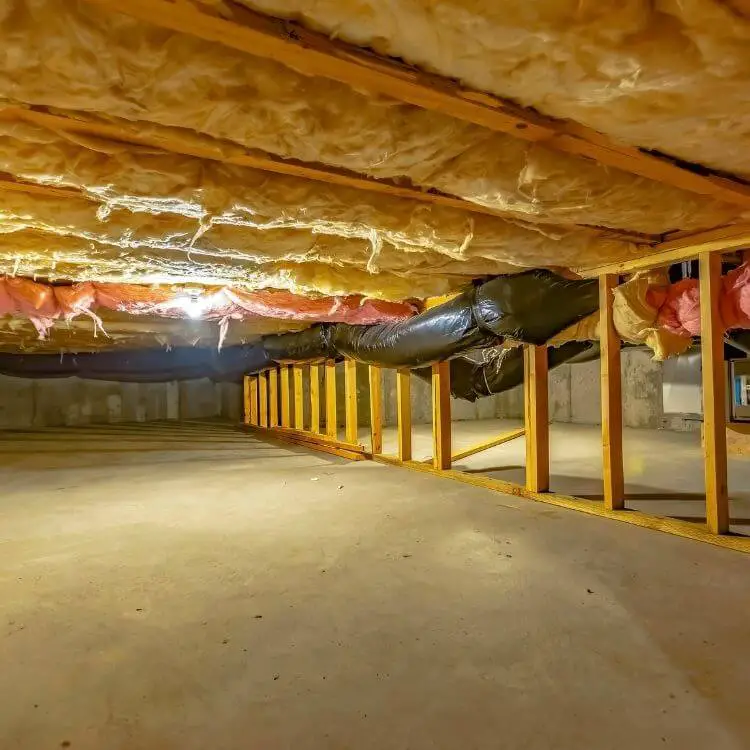
The areas in our home that we need to care about are always between the components of the household. These places are troublesome because it’s easy for them to be neglected. What often happens is that crawl space gets neglected, leading to problems.
That’s why it’s important to know how to maintain your crawl space. Doing so consistently will keep your entire household safe and sound.
To maintain your crawl space, you need to:
- Encapsulate the crawl space
- Clean the crawl space
- Insulate your crawl space
- Get a dehumidifier
DIY crawl space cleaning
The crawl space will need to get cleaned once in a while. This is a key part of its maintenance. A dirty crawl space is a hassle to deal with. Even if it looks dry, it will attract moisture. Furthermore, the dirt can bleed into the rest of the household leading to dustier rooms. Let’s see how we can clean up the place ourselves.
Seek for any pests or damage
The first thing to do is inspect the area. If there are any signs of pests, it’s best to look for an exterminator. Pests will quickly damage our homes, so get rid of them as soon as possible. Mice, termites, cockroaches, and other pests are quite an issue. [1]
Leaks or cracks are other things to take care of. Before we get cleaning, and while cleaning, we should look around for signs of damaged pipes. These can become an apparent source of dirt or other materials in our crawl space, so removing them from the equation is healthy.
Prepare yourself adequately
Make sure to be properly outfitted for this job. Wear a mask, put on pants with kneepads, and get durable working gloves. This space can contain quite a bit of debris and sharp parts. Making sure it won’t cause injuries is paramount. [2]
The crawl space has to be properly ventilated while you clean it. There are a lot of germs in the air inside of crawl space so being secured is always welcome. If you can’t get proper ventilation, find a respirator to clean the air while cleaning. [3]
The cleaning itself
Cleaning out your crawl space is a complex process that will usually have you resolving a few minor practical issues too. Do get all the necessary things beforehand by evaluating the situation.
Some cleaning products, cloth to clean with, scrubbing equipment, and the aforementioned safety will suffice. In some cases, you may find small animals inside the crawl space. If that happens, call a professional to deal with them.
Crawl space cleaning cost
There’s quite a good reason to DIY when it comes to crawling space cleaning. The cost of cleaning is quite expensive without our direct action. A basic cleaning process will cost between $750 and $1,500.
If the insulation is damaged, these costs could skyrocket further. It’s best to get as much of the job done yourself before calling professionals unless the issue is outside of your capabilities.
Crawl space maintenance
You should clean out the crawl space at least twice a year. Usually, it’s suggested to do it every two months. Of course, doing a few more regular inspections doesn’t hurt. Mostly due to the variety of potential problems that can occur in it.
Crawl space dehumidifier
When cleaning and reinforcing our crawl space, we will eventually end up using dehumidifiers. Their use here comes in the form of simple removal of moisture. Sources of moisture in crawl spaces are endless, so finding a way to deal with them is always desired. Dehumidifiers pose that solution. All you need to do is get the right one. [4]
What dehumidifier to choose?
The dehumidifier you choose will depend on the size of your crawl space. The bigger the crawl space, the stronger one you’ll need. Overall moisture should be below 55% at all times inside of a crawl space, so that’s another thing to keep in mind.
Keep power consumption in mind too. Pick the dehumidifier, which can do a lot of work for as little power as possible.
Crawl space encapsulation
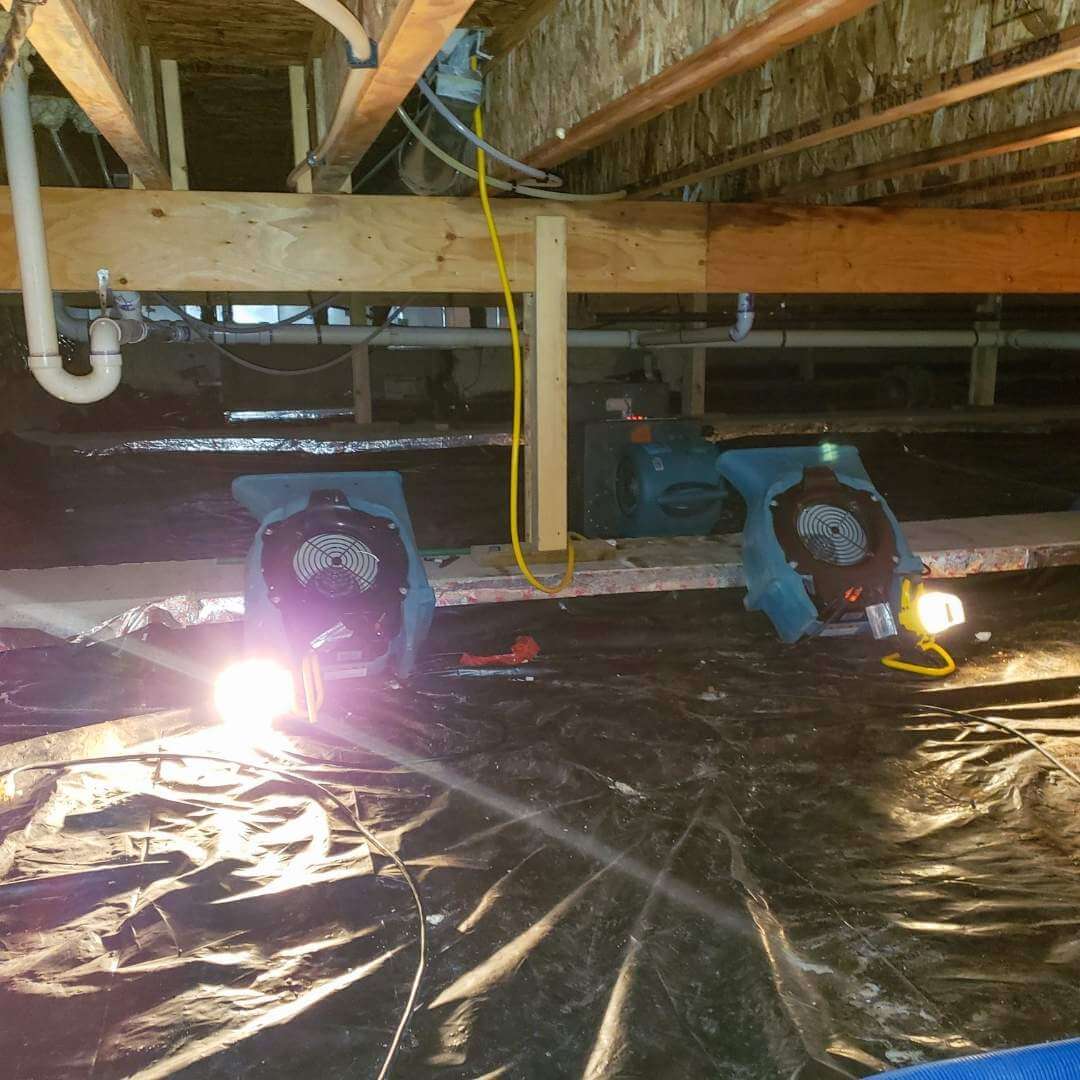
The process of encapsulation is decently elaborate. It involves all sorts of extra installations. Be it extra barriers that will provide insulation, sealing outside air sources, or any other important encapsulation factor we should approach it with apt knowledge of the process. Here are some things that you should and shouldn’t do when going through with encapsulation.
What to do
When we are about to encapsulate a crawl space, it’s good to know what should be done. The first thing on our list should be to check the crawl space itself and make sure it’s ready.
Make sure there’s ample drainage in the crawl space. If your home has poorly maintained drainage, we are bound to have water seeping into our crawl space. Furthermore, this water could accumulate in pools of water. If our drainage is compromised or insufficient in any way, we should resolve that issue before encapsulating.
Mold growth is another concern. It usually goes hand in hand with poor drainage as it forms in damp areas. Mold growth will ruin your efforts of encapsulation. Even if it doesn’t stop them initially, mold will affect the finished installation. Inspect the crawl space well with proper equipment before continuing with encapsulation.
Lastly, make sure your appliances aren’t releasing carbon monoxide into the crawl space. This can happen at times and is worthwhile to check before installing the encapsulation. Otherwise, our family and ourselves may end up in a rather dangerous spot.
What not to do
Obviously, there are some don’ts to the process. We’ll quickly run through them because the dos already cover most of the issues with these bits of info.
Make sure there’s sealable space to do encapsulation with. There shouldn’t be any large air gaps that allow outside air to enter. Likewise, you should seal any source of outside air when encapsulating.
Avoid using fiberglass between floor joists, this will only hurt you in the long term. The material performs poorly as insulation and soaks up moisture. Eventually, these will let up and hamper the functionality of the entire encapsulation.
Even without taking encapsulation into account, these batches will eventually wear off and become an attractive place for mold. Which is a threat in itself.
Encapsulation
To achieve ample encapsulation, we’ll need heavy plastic vapor barriers. These are the best ones to go for as they keep the crawl space properly dry. They will need to be attached to all equipment and walls within the area too. [6]
Make sure to seal off every vent and opening. Each part of your crawl space needs to be properly isolated from the outside air. Lack of that can result in mediocre isolation and damage to the encapsulation long term.
Check for gaps and cracks throughout the crawl space. These ones need to be sealed as soon as possible and as well as possible. The importance of doing so is directly tied to the safety of the entire system. Our household can end up suffering from any of these cracks even without encapsulation being planned so keeping an eye out for it is good.
Conclusion
Crawl space maintenance has quite a few layers to it. Having to clean only being one of them. The pests, damage, moisture, and all sorts of factors are also something we should take care of consistently in order to avoid later problems. Of course, it doesn’t stop there.
Proper encapsulation will keep our whole place even safer than initially constructed. Encapsulation includes all forms of protection against moisture and potential troubles crawl space could cause. It’s superior to insulation due to covering all types of concerns. Hopefully, with these tips and guides, you’ll have an easy time getting the whole maintenance done.
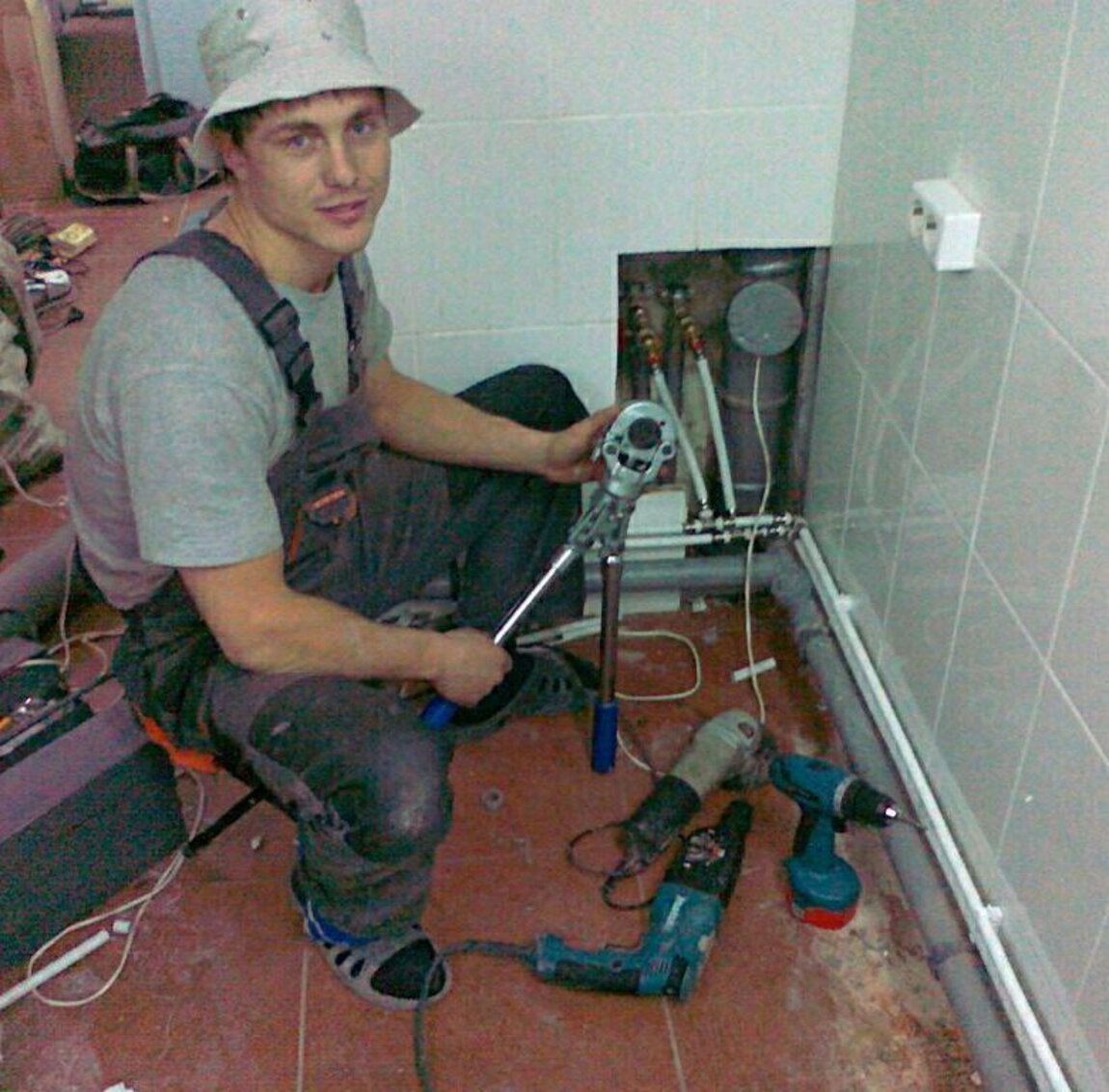
Michael Davis is a heating & plumbing expert who currently works as independent contractor in SC. He also writes for Plumbertip.
For almost 10 years he worked on various plumbing tasks across South Carolina.

